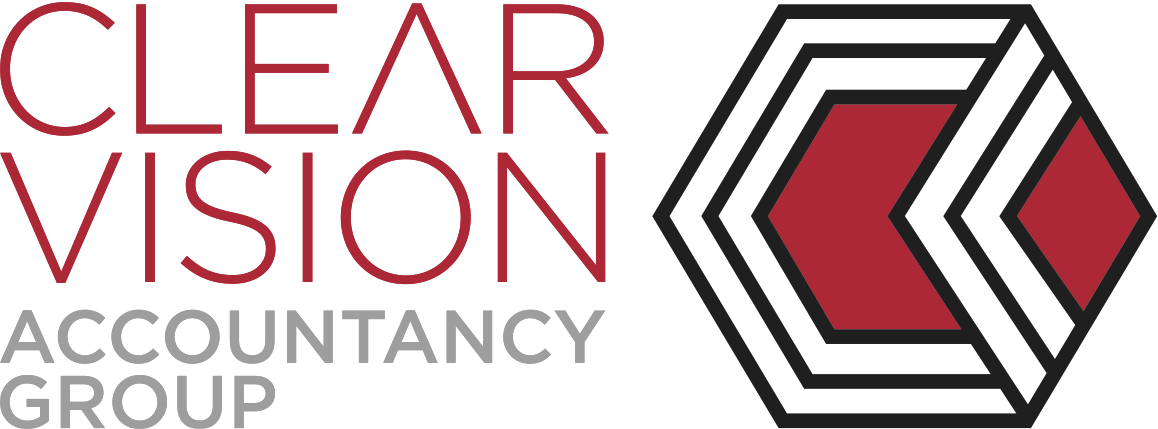Paid Family and Domestic Violence Leave – Commenced 1 February 2023
Employees of non-small businesses (those with greater than 15 staff) employers can now access 10 days of paid family and domestic violence leave in a 12-month period.
Employees of small businesses (those with less than 15 staff) will have access to the leave from 1 August 2023. Until this date, employees still have access to unpaid domestic violence leave.
Under the new provisions, family and domestic violence means violent, threatening or other abusive behaviour by an employee’s close relative, a current or former intimate partner, or a member of their household that both:
• seeks to coerce or control the employee
• causes them harm or fear.
A close relative is:
• an employee's
• spouse or former spouse
• de facto partner or former de facto partner
• child
• parent
• grandparent
• grandchild
• sibling
- a child, parent, grandparent, grandchild or sibling of an employee’s current or former spouse or de fact partner, or
- a person related to the employee according to Aboriginal or Torres Strait Islander kinship rules.
Payment for leave
Full-time and part-time employees can take paid family and domestic violence leave at their full pay rate for the hours they would have worked if they weren't on leave.
Casual employees will be paid at their full pay rate for the hours they were rostered to work in the period they took leave.
For further information visit: https://www.fairwork.gov.au/
We drew inspiration for this article from Clifford Gouldson Lawyers





